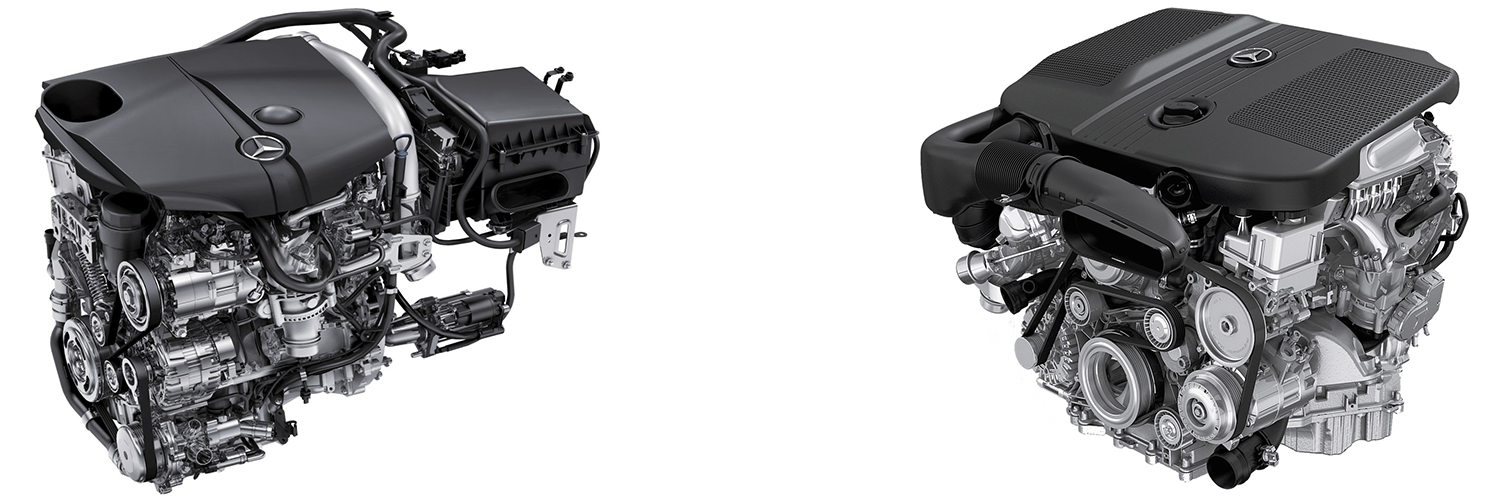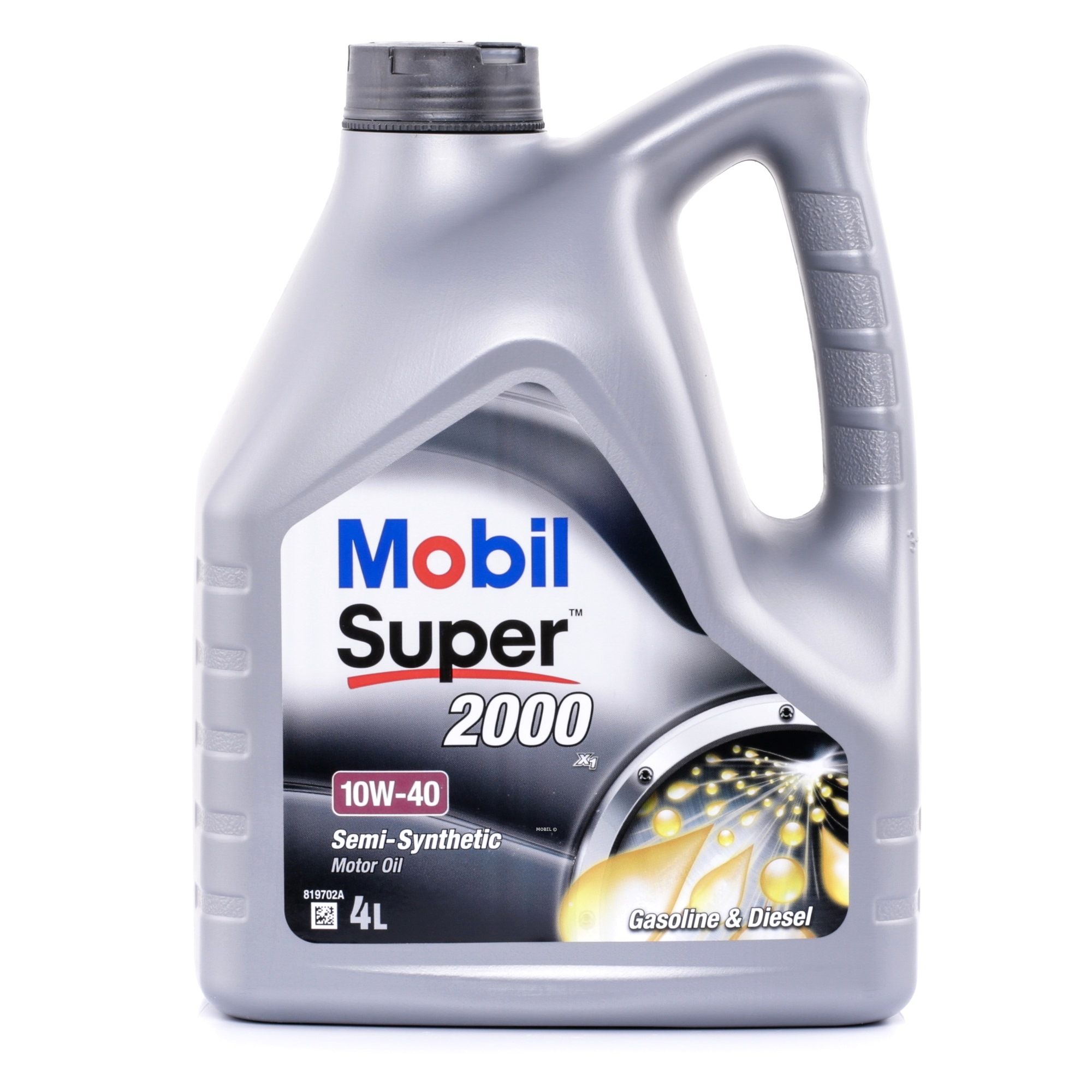Table of Contents
CDI engines: Meaning, how they work, and examples of popular models
Capacitor discharge ignition (CDI), also known as thyristor ignition, is a versatile and widely used electronic ignition system. You'll find it powering everything from outboard motors and motorcycles to lawnmowers, chainsaws, small engines, turbine-powered aircraft, and even some cars.
CDI meaning
CDI (Common Rail Diesel Injection) is a series of diesel engines from German Daimler AG, which are installed on Mercedes-Benz vehicles. CDI motors were developed in 1997 and are successfully used today. These engines have a system of direct fuel injection, which reduces fuel consumption by 15%. The manufacturer has increased the torque, so the power has increased by 40%.

Operating principle of CDI engines
CDI engines work by using a capacitor to store electrical energy, which is then released in a sudden and intense burst to create a high-voltage spark. This spark is essential for igniting the air-fuel mixture in the engine's combustion chamber.
Unlike conventional ignition systems, which rely on mechanical points and coils to generate a spark, CDI systems are more efficient and reliable, especially at high engine speeds. This discharge process is extremely fast, resulting in a high-voltage spike across the spark plug's electrodes. and is capable of igniting the fuel mixture even under challenging conditions, such as during cold starts or when the engine is running at high RPMs.
Advantages and disadvantages of CDI engines
- Pros: Improved fuel efficiency, increased torque and reduced emissions.
- Cons: Increased repair costs and greater sensitivity to fuel quality.
When choosing a diesel engine, these critical factors can make or break your decision. DCI engines offer impressive benefits such as improved fuel efficiency, increased torque for better performance and significantly lower emissions, making them an attractive choice for environmentally conscious drivers and those looking to save on fuel costs.
However, these benefits come with trade-offs. DCI engines are often more expensive to repair and their advanced technology makes them more sensitive to fuel quality, which can lead to problems if low-quality fuel is used. Balancing these advantages and disadvantages is essential when deciding whether a DCI engine is right for your needs.
Sold by AUTODOC Sold by AUTODOC Sold by AUTODOC Sold by AUTODOC Sold by AUTODOC  OPEL GM Engine oil
5W-30, 5l, Synthetic Oil
OPEL GM Engine oil
5W-30, 5l, Synthetic Oil
 FEBI BILSTEIN Gearbox service kit
with gasket/seal, with seal ring, with bolts/screws, with a plug
FEBI BILSTEIN Gearbox service kit
with gasket/seal, with seal ring, with bolts/screws, with a plug
 MOBIL Engine oil
10W-40, 4l, Part Synthetic Oil
MOBIL Engine oil
10W-40, 4l, Part Synthetic Oil


Popular CDI engines
OM611. 1998–2004.
These are inline 2.1 and 2.2-litre four-cylinder diesel engines. Car owners were offered a choice of engines of various power: 81, 101, 108, 114, 120, 127, 134, and 141 hp. OM611 were installed on: Mercedes-Benz Sprinter (W90x), Mercedes-Benz E-Class (W210), Mercedes-Benz C-Class (W203).
OM668. 1998–2005.
These diesel engines had four cylinders in a line, and displacement of 1.7 and 2.7 l. The following models were sold with ОМ668 engines: Mercedes-Benz A-Class (W168), Mercedes-Benz A-Class (W169), as well as Mercedes-Benz Vaneo (W414).
OM612. 1999–2006.
Unlike previous engines, ОМ612 had 5 cylinders in a row. Displacement was 2.7 l. The power of the engine ranged between 154 and 170 hp, and the torque - between 330 and 370 N·m. This engine was installed on the Mercedes-Benz Sprinter (W90x), Mercedes-Benz C-Class (W203), and Mercedes-Benz E-Class (W210).
OM628. 1999–2010.
It was the first V-engine in the CDI lineup. It boasted 8 cylinders, 4 litres displacement, 560 N·m torque and power of 250 HP. The engine was installed on Mercedes-Benz E-Class (W211), Mercedes-Benz S-Class (W220), Mercedes-Benz M-Class (W163), Mercedes-Benz G-Class (W463).

OM647. 2002–2006.
A five-cylinder inline 2.7-litre engine developed 177 hp. The torque was 400 N·m. It was installed on the Mercedes-Benz saloon E-Class (W211).
OM648. 2002–2005.
This engine had 6 cylinders in a row. Displacement reached 3.2 liters. The engine had two power options: 177 and 204 hp. This engine could be seen under the bonnet of Mercedes-Benz E-Class (W211) and Mercedes-Benz E-Class (W220).
OM646. 2003–2010.
This inline 4-cylinder, 2.2-litre turbocharged engine had a cast iron cylinder block and an aluminium cylinder head. It had a wide range of power: from 88 to 170 hp. In 2006, the second generation — OM646 EVO — was released. Engineers had made over 90 changes to the design. OM646 was installed on the following models: Mercedes-Benz Vito (W639), Mercedes-Benz Sprinter (W906), Mercedes-Benz C-Class (W203), Mercedes-Benz C-Class (W204), Mercedes-Benz CLК-Class (W209), and Mercedes-Benz E-Class (W211).
Sold by AUTODOC Sold by AUTODOC Sold by AUTODOC Sold by AUTODOC Sold by AUTODOC 
 Valvoline Engine oil
5W-30, 4l
Valvoline Engine oil
5W-30, 4l
 MOBIL Engine oil
5W-30, 5l
MOBIL Engine oil
5W-30, 5l
 OPEL GM Engine oil
5W-30, 1l, Synthetic Oil
OPEL GM Engine oil
5W-30, 1l, Synthetic Oil
 SWAG Manual Transmission Oil
Capacity: 1l
SWAG Manual Transmission Oil
Capacity: 1l
OM640. 2004–2012.
The 2-litre ОМ640 had four inline cylinders. It had a cooling system for the turbocharged air and a turbocharger with variable geometry. Power: 82, 109 or 140 hp. Torque: 200, 250, 300 N·m. OM640 was used for Mercedes-Benz A-Class (W169) and Mercedes-Benz B-Class (W245).
OM629. 2005–2011.
This engine is a slightly modified OM628. Its distinctive feature was increased boost pressure. This allowed for increasing power and torque. Like its predecessor, OM629 was a V8 4-litre engine. The power of the engine ranged between 306 and 320 hp, and the torque - between 700 and 730 N·m. It was developed for vehicles like Mercedes-Benz M-Class (W164), Mercedes-Benz GL-Class (X164), Mercedes-Benz E-Class (W211), and Mercedes-Benz S-Class (W221).
OM651. 2008–present.
An inline 4-cylinder turbocharged engine. Displacement: 1.8 and 2.2 l. Power: 95 to 204 hp. The cylinder block is made of grey cast iron. It is installed on the following models: Mercedes-Benz A-Class (W176), Mercedes-Benz B-Class (W246), Mercedes-Benz CLA (C117), Mercedes-Benz Sprinter (W906), Mercedes-Benz C-Class (W204), Mercedes-Benz C-Class (W205), Mercedes-Benz Vito (W447), Mercedes-Benz GLA (X156), Mercedes-Benz E-Class (W212), Mercedes-Benz Viano/Vito (W639), Mercedes-Benz GLK (X204), Mercedes-Benz M-Class (W166), Mercedes-Benz SLK (R172), Mercedes-Benz GLC (X253), Mercedes-Benz CLS (X218), and Mercedes-Benz S-Class (W222).
OM656. 2017–present.
The turbocharged 3-liter inline 6-cylinder OM656 is the most powerful engine ever installed in a serial Mercedes-Benz passenger car. Specifications: 286 hp (600 N·m) and 340 hp (700 N·m). It has been developed for Mercedes-Benz S-Class (W222) vehicles.










